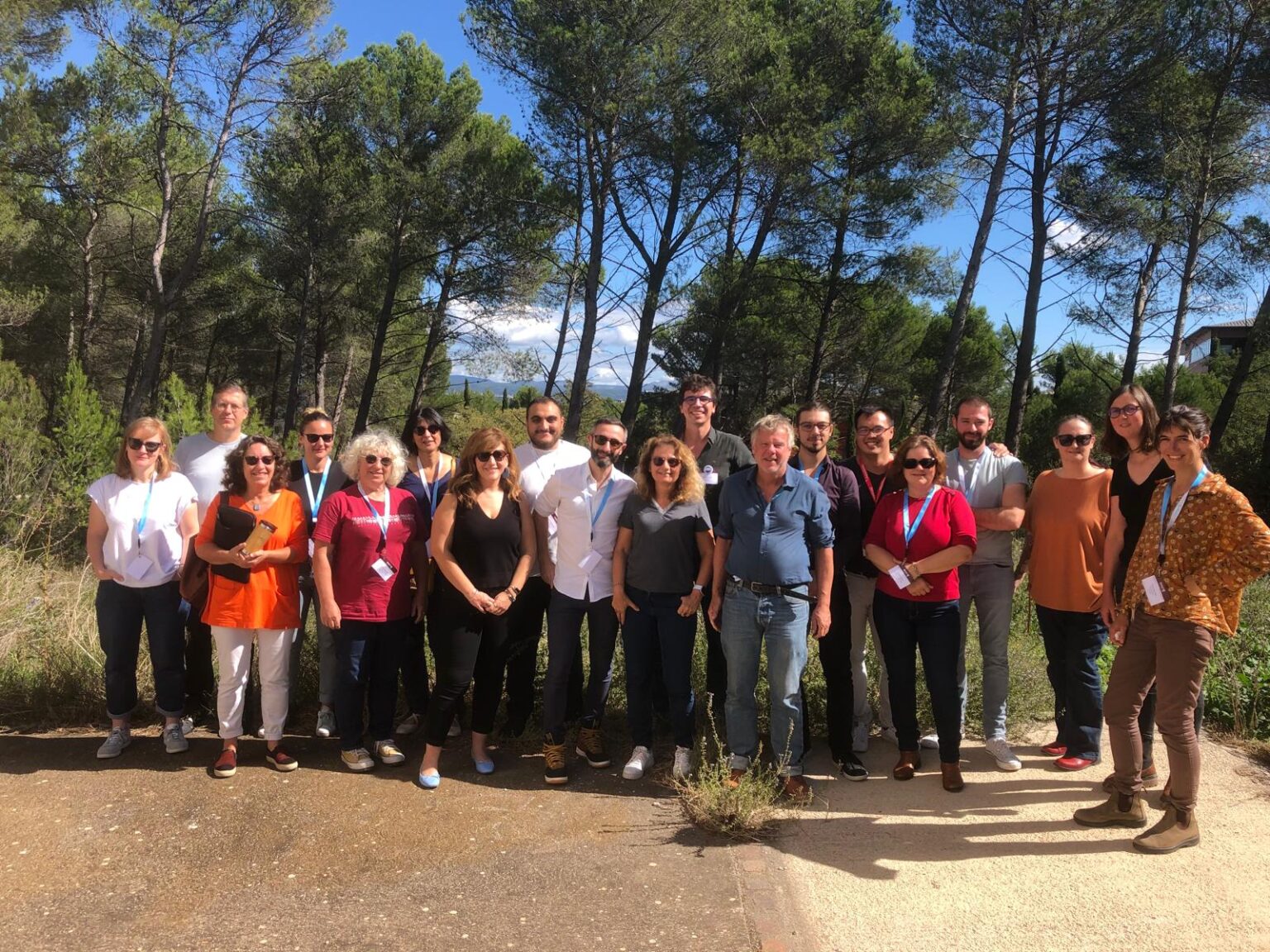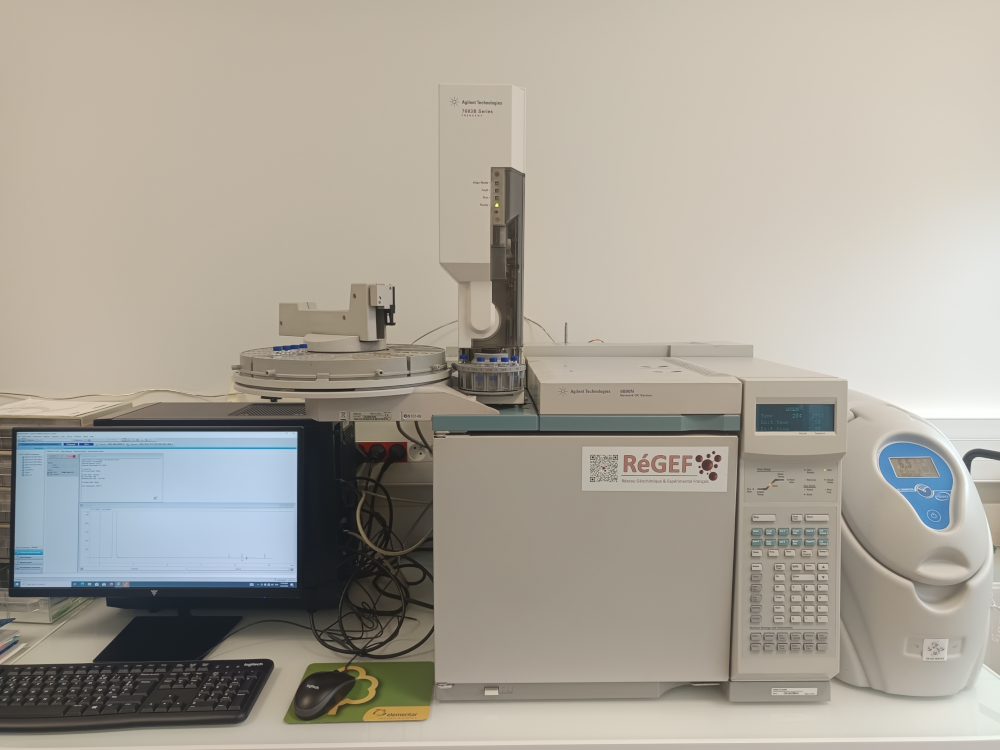A look back at the RéGEF Stable Isotopes Days days from September 26 to 27, 2024
The members of the Stable Spectrometry network of the RéGEF Research Infrastructure met face-to-face on September 26 and 27, 2024 in Aix-en-Provence, at CEREGE (UMR 7330). This event was made possible thanks to the financial support of RéGEF and to the PANISS Platform team at CEREGE (Corinne Sonzogni, David Au Yang, Anne-Lise Jourdan and Daniel Robert), who ensured the technical and logistical organization of these days.

The meeting, hosted by Thomas Rigaudier and Aurélie Noret, was attended by some 25 participants, mainly representatives of platforms affiliated to the Spectrométrie Stables network, as well as a number of CEREGE students and researchers keen to find out more about the network's scientific and technical activities.
In addition to Aurélie Noret, several Panoply members took part in the event.
Read the entire article on RéGEF website.
Installation of a GC-FID on the organic geochemistry platform
A new instrument has joined LSCE's organic geochemistry platform.
The project named CGéant (Chromatographie en phase Gazeuse pour l'Etude des Archives Naturelles et anThropiques) aimed at acquiring a GC-FID and a gas generator was co-financed by DIM-PAMIR, RéGEF's GEOF instrument-network and ANR EGOUT project. GEOF co-financed 30% of the new GC- FID. In a move to reduce the environmental footprint of our activities, we purchased reconditioned equipment. In the same vein, we recommissioned an H2 generator for use as a carrier gas and to power the FID of two instruments: the new GC-FID and a GC-preparative.
Figure : THe GC-FID and H2 generator
The GC-FID was the missing link in LSCE's organic geochemistry technical platform, enabling us to rapidly detect and quantify lipids from the various archaeological and environmental matrices we study at LSCE. This makes it possible to identify samples requiring additional molecular analysis, such as structural analysis by GC-MS (mass spectrometry), isotopic analysis by GC-IRMS (isotope ratio mass spectrometry) on δ13C and δ2H, and to adapt concentrations to instrument capacity, thus extending the life of consumables. It can also be used to quantify GC-preparative isolation yields when developing new molecules for 14C measurement by AMS (accelerator mass spectrometry).
Contact: This email address is being protected from spambots. You need JavaScript enabled to view it.


